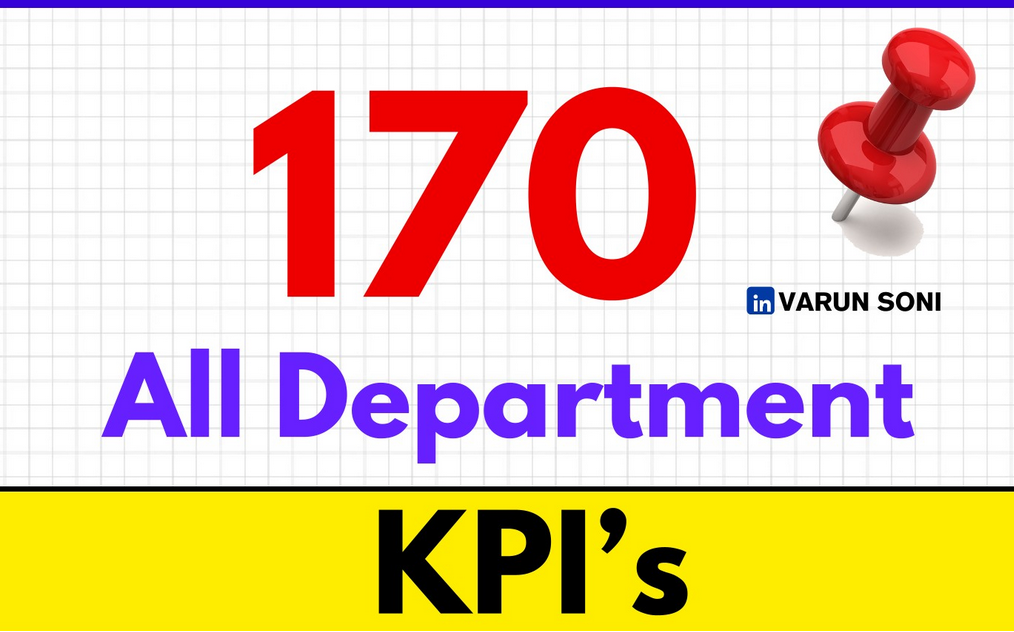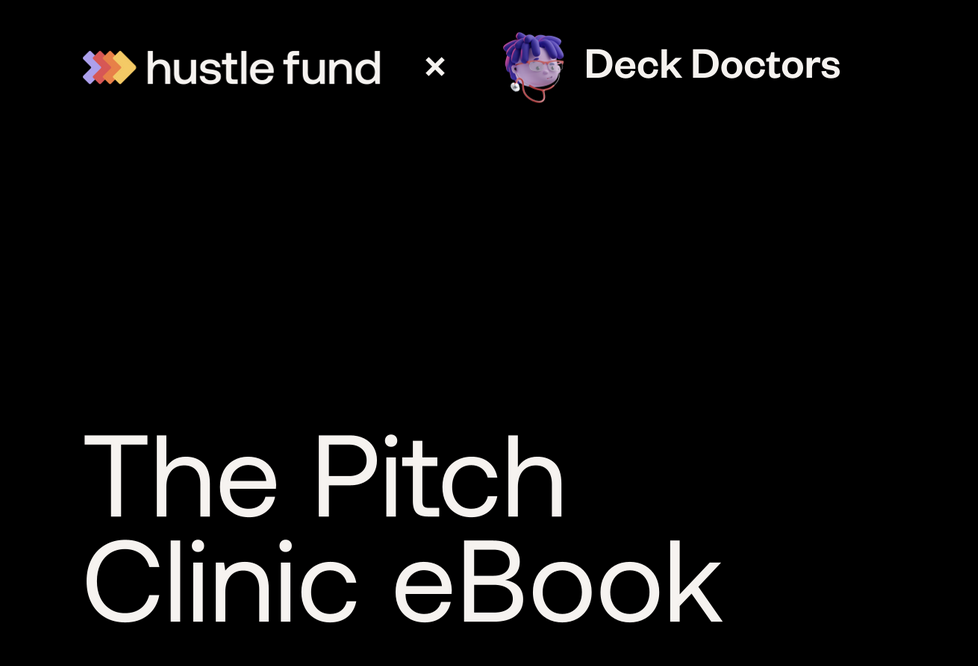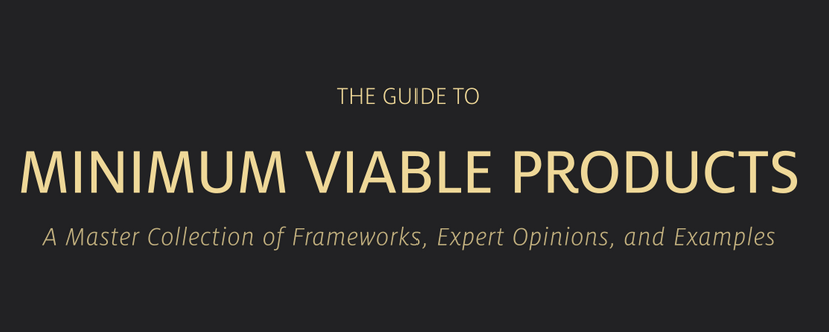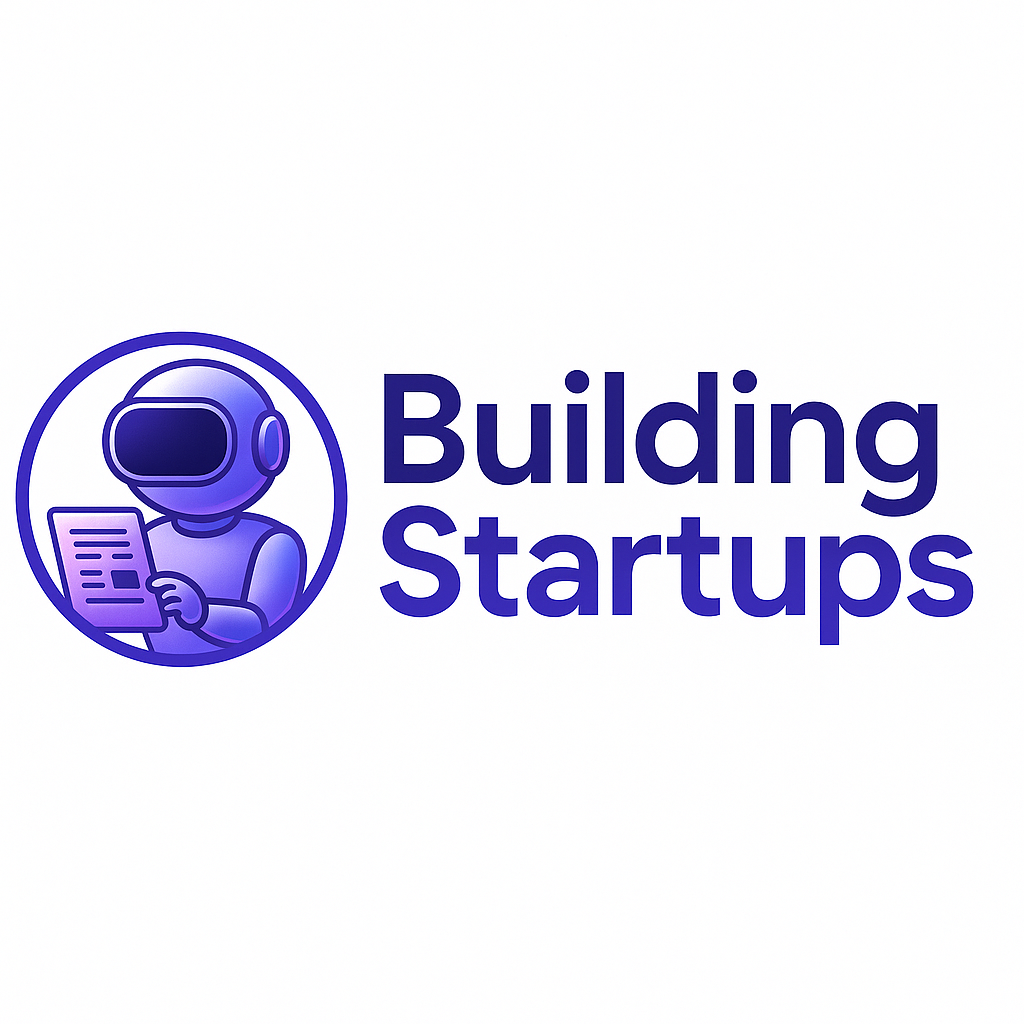Welcome
Hey there Early Stagers…
This week we dive into the heart of startup innovation and the crucial balance between technological allure and market needs.
We unravel the subtle yet powerful dynamics that can make or break the success of a startup. From the seductive pitfalls of falling in love with one’s technology to the common oversight of prioritizing product development over customer discovery, we provide insightful analyses and practical solutions.
So take a zip of that coffee and let’s dive in…
Yours truly,
Avinoam
Never miss an update
Do you like what you read? Subscribe to our FREE weekly newsletter and join hundreds (soon we’ll get to thousands) of early stage founders just like you trying accelerate their PMF journey
The 1st Step to Every Successful Startup

The first step in the journey of building a successful product or service, one that genuinely meets user needs, is the art of conducting customer discovery conversations.
This is a methodical approach that focuses on eliciting honest, insightful feedback from potential customers by asking the right questions. The essence of this strategy is to uncover real problems and needs through discussions about the user’s experiences, habits, and challenges, rather than soliciting opinions on hypothetical solutions.
This article explores effective strategies for customer discovery, illustrating the concepts with practical examples and concluding with an acknowledgment of the influence of Rob Fitzpatrick’s insights from his book, “The Mom Test.”
The Art of Asking the Right Questions
The key to successful customer discovery is asking questions that reveal the user’s actual behaviors and needs without leading them to give the answers you hope to hear. This requires a focus on the user’s past experiences and current behavior rather than speculative future actions.
Focus on Behaviors and Experiences
Bad: Asking potential users if they think a feature would be useful.
Good: Asking about the last time they encountered the problem your feature intends to solve.
Dig into Specifics
General questions yield general answers. Specific questions about past situations offer actionable insights.
Bad: Asking how often they use a certain type of product.
Good: Asking for details about the last time they used that type of product and what prompted its use.
Real-World Application: Good vs. Bad Approaches
Developing a Time Management Tool
Bad: “Would you use a tool that helps you manage your time better?” This question prompts a likely “yes” as it appeals to a common desire but doesn’t reveal if they have a real need or problem with their current time management method.
Good: “Can you walk me through how you planned your tasks last week and any challenges you faced?” This approach uncovers specific issues the user has with current time management practices, providing insights into how a new tool could offer a solution.
Launching a New Coffee Subscription Service
Bad: “How much would you pay for a monthly coffee subscription?” Price sensitivity is important, but this question assumes the user is interested in such a service and skips over discovering the underlying need or habit.
Good: “Tell me about your last experience buying coffee to brew at home. What did you like or dislike about it?” This question reveals the user’s habits, preferences, and pain points, offering a foundation to build a subscription service that addresses these factors.
Strategies for Insightful Conversations
- Prepare Open-Ended Questions: Craft questions that encourage detailed responses, focusing on the user’s experiences and actions.
- Encourage Storytelling: People’s stories about their experiences provide richer insights than abstract opinions or preferences.
- Avoid Confirmation Bias: Be wary of framing questions in a way that seeks confirmation for your idea. Instead, seek genuine feedback that challenges your assumptions.
- Prioritize Problem Discovery Over Solution Validation: Understand and validate the problem before seeking endorsement of your solution.
Conclusion
Effective customer discovery conversations are foundational to creating products and services that resonate with target users. By focusing on uncovering real problems through specific, behavior-oriented questioning, innovators can gather the insights needed to build solutions that genuinely meet user needs.
This strategic approach to customer discovery, inspired by the principles outlined in Rob Fitzpatrick’s “The Mom Test,” emphasizes the importance of digging deep into users’ experiences and avoiding the trap of superficial, biased feedback.
Through thoughtful engagement and keen listening, we can navigate the complexities of customer needs, ensuring our solutions are both relevant and valuable.
The Siren Song of Technology: When Founders Miss the Mark on Customer Needs

In the innovative whirlwind of the startup ecosystem, founders often fall deeply in love with their technology. Seduced by the potential of their technical innovations, many lose sight of the foundational purpose of any business venture: to solve real problems for real people.
This infatuation with the capabilities of their technology, rather than the needs and pains of their customers, is a treacherous path that has led many promising startups to falter. They fail to raise the necessary funds, struggle to achieve product-market fit, and ultimately, risk everything they’ve worked towards.
This article delves into this critical misstep, offering examples from the crypto and blockchain industries, among others, to illustrate the fatal consequences of romanticizing technology over addressing customer pain points.
The Lure of Blockchain: A Case Study in Tech Infatuation
Blockchain technology, with its promise of decentralization, security, and transparency, has become a beacon for tech enthusiasts looking to disrupt various industries. The allure of creating a blockchain-based solution has led numerous founders down the path of developing solutions in search of a problem, rather than the other way around.
The initial hype around blockchain and crypto fueled a frenzy of startups promising revolutionary changes to everything from finance to supply chain management. However, as the dust settled, it became evident that many of these projects lacked a clear understanding of the actual problems they were solving for their intended customers.
The result was a graveyard of well-intentioned projects that failed to resonate with a market need, illustrating the peril of prioritizing technological fascination over customer-centric problem solving…
Beyond Blockchain: Tech Enthusiasm in Various Industries
The phenomenon of founders romanticizing their technology is not limited to the realm of blockchain. History is replete with examples from a myriad of sectors where entrepreneurs were so captivated by their technological innovations that they overlooked the importance of solving a tangible problem.
The Early Days of AI
In the early days of artificial intelligence (AI), many founders were mesmerized by the potential of AI to transform industries. Projects focusing on showcasing the technical prowess of AI algorithms proliferated, often without a clear application to real-world problems.
Many AI startups struggled to find their footing, not because the technology was lacking, but because they had not identified a specific customer pain point that their AI solution could alleviate.
The Dotcom Bubble
The dotcom bubble of the late 1990s and early 2000s serves as a historical lesson in the dangers of tech infatuation. Countless internet startups emerged, driven by the excitement around the possibilities of the web.
However, many of these companies focused more on their technological capabilities than on developing viable business models or addressing unmet customer needs. When the bubble burst, it was those companies without a clear problem-solution fit that were the hardest hit.
Wearable Technology
The wearable technology sector also offers insights into the pitfalls of technology obsession. Early iterations of smartwatches and fitness trackers were often critiqued for their emphasis on technological features over user experience and practicality.
Many devices offered an array of sensors and functionalities but failed to address specific consumer needs or improve upon existing solutions, leading to market saturation and consumer indifference.
The Path Forward: Balancing Technological Innovation and Customer Needs
The examples above underscore a critical lesson for founders: while technological innovation is a powerful tool, it must be wielded with a clear focus on solving customer problems.
The path to success involves a delicate balance between the excitement for technology and the discipline to remain grounded in the realities of the market.
Identifying Real Problems
Startups must begin by identifying genuine problems experienced by their target customers. This involves conducting thorough market research, engaging with potential users, and being open to feedback. The goal is to understand the pain points deeply enough to develop solutions that customers are willing to pay for.
Developing Solutions with Empathy
Developing technology solutions should be guided by empathy for the customer. This means considering the user experience, the practicality of the solution, and how it fits into the customer’s life or workflow. Technology should serve as a means to an end, not the end itself.
Iterative Learning and Pivoting
Successful founders understand the importance of being flexible and willing to pivot based on customer feedback and market dynamics. This iterative learning process ensures that the startup remains aligned with customer needs, even as those needs evolve or become more clearly understood.
Putting It All Together
The journey of a startup is fraught with challenges, and the allure of technology can often lead founders astray. By refocusing on the fundamental goal of solving real problems for real people, entrepreneurs can avoid the pitfalls of technology infatuation.
The examples from blockchain, AI, the dotcom era, and wearable tech serve as cautionary tales, reminding founders that true innovation lies not just in building advanced technology, but in creating solutions that meet the needs and alleviate the pains of their customers.
It is this customer-centric approach, balanced with technological innovation, that paves the way to raising funds, achieving product-market fit, and ultimately, realizing success.
Never miss an update
Do you like what you read? Subscribe to our FREE weekly newsletter and join hundreds (soon we’ll get to thousands) of early stage founders just like you trying accelerate their PMF journey
The Day to Day Trap That's Killing Your Startup

In the dynamic world of startups, founders are constantly faced with a barrage of tasks and decisions that can make or break their venture. While the initial roadmaps might be clear, highlighting the need for validation, risk reduction, and customer discovery, a common human tendency often veers founders off course: the allure of engaging in activities that are more interesting or exciting to them.
This natural inclination towards tasks that satisfy personal interests, such as product development or diving into the intricacies of day-to-day operations, can distract founders from the essential, albeit less glamorous, work of customer discovery and sales.
The Seductive Pull of Interests
Founders, driven by passion and expertise, are naturally inclined to gravitate towards areas of the business that align with their interests. For many, the thrill of developing new features, tinkering with the product, or immersing themselves in the technology becomes the focal point of their day-to-day activities.
This focus on the “sexy” aspects of the startup can lead to a neglect of critical business processes, particularly those that involve stepping out of the comfort zone, such as customer feedback sessions, market analysis, and sales outreach.
The Consequences of Neglect
This diversion not only hampers the startup’s ability to validate its product in the real world but also delays the crucial process of risk reduction.
Engaging with customers, understanding their needs, and iterating based on concrete feedback are pivotal steps in creating a product that truly resonates with the market. Failure to prioritize these activities can result in a beautifully crafted product that, unfortunately, no one needs or wants.
Strategies for Maintaining Focus
To combat this natural tendency and keep the startup on the right path, founders can employ several strategies to ensure that they remain focused on what truly matters.
Set Clear, Daily Measurable Objectives
Establishing clear, measurable objectives and key performance indicators (KPIs) on a daily basis is vital. KPIs such as customer interviews conducted, feedback cycles completed, and pre-sales or expressions of interest can serve as concrete milestones that keep the team aligned with the startup’s core goals.
Time Blocking for Progress Aiming Activities
Dedicate specific blocks of time to customer discovery and validation efforts and other required tasks to push the progress of your startup.
This technique, known as time blocking, helps ensure that these critical tasks receive the attention they deserve, making it harder for more appealing activities to overshadow them.
Delegate or Collaborate
Founders should recognize their own biases and preferences and consider delegating or collaborating on tasks that fall outside their interests but are critical to the startup’s success.
Building a diverse team where members can take ownership of different areas of the business can help cover all bases effectively.
Regular Review Sessions
Incorporate regular review sessions to assess progress against the KPIs and objectives set. These sessions provide an opportunity to recalibrate efforts, celebrate achievements, and identify areas needing more attention or a different approach.
Make It a Team Activity
Make the KPIs public and convert individual daunting tasks to a team sport where the different team members compete on.
This not only spreads the workload but also instills a fun culture within the team, ensuring that everyone understands and values the importance of these tasks.
Wrapping up
The journey of a startup founder is fraught with distractions and diversions, many of which stem from our natural inclination towards tasks that interest us the most. While this is a common challenge, recognizing it and implementing strategies to stay focused on the essential tasks can make a significant difference.
By setting clear objectives, effectively managing time, leveraging the strengths of a diverse team, and consistently measuring progress, founders can ensure that their venture remains on a path to success.
Emphasizing the importance of customer discovery and validation, and viewing these activities as integral to the startup’s development, will help in crafting a product that not only intrigues the founders but also fulfills the needs of the market.
LinkedIn Treasure Trove

Startup Compensation Sources
Here are many links for startup compensation data to help both founders and employees settle their pay gaps

KPIs list
Data is king in our era. Here is a list of 170 different KPIs you can track at your startup.

How to fix a broken cap table
A broken cap table can kill a startup. Here’s how to fix it.

Congrats… now what?
Congrats on getting a verbal commitment from an investor. Now what?

Yes, another pitch deck clinic
It’s everyone’s favorite so here’s another one…

How to build your MVP
How do you build an MVP? What’s its purpose? and what should it include? Here’s a useful guide to help you nail your MVPs
